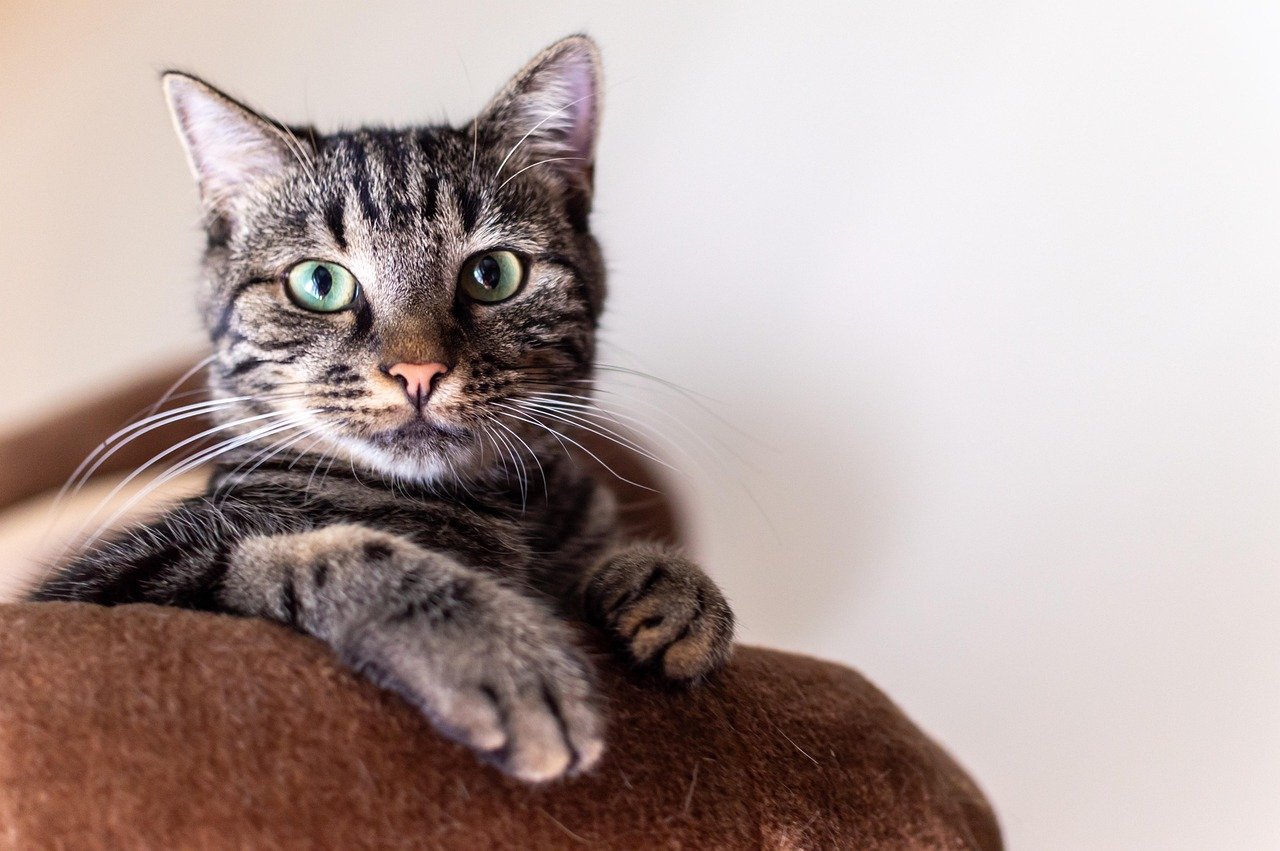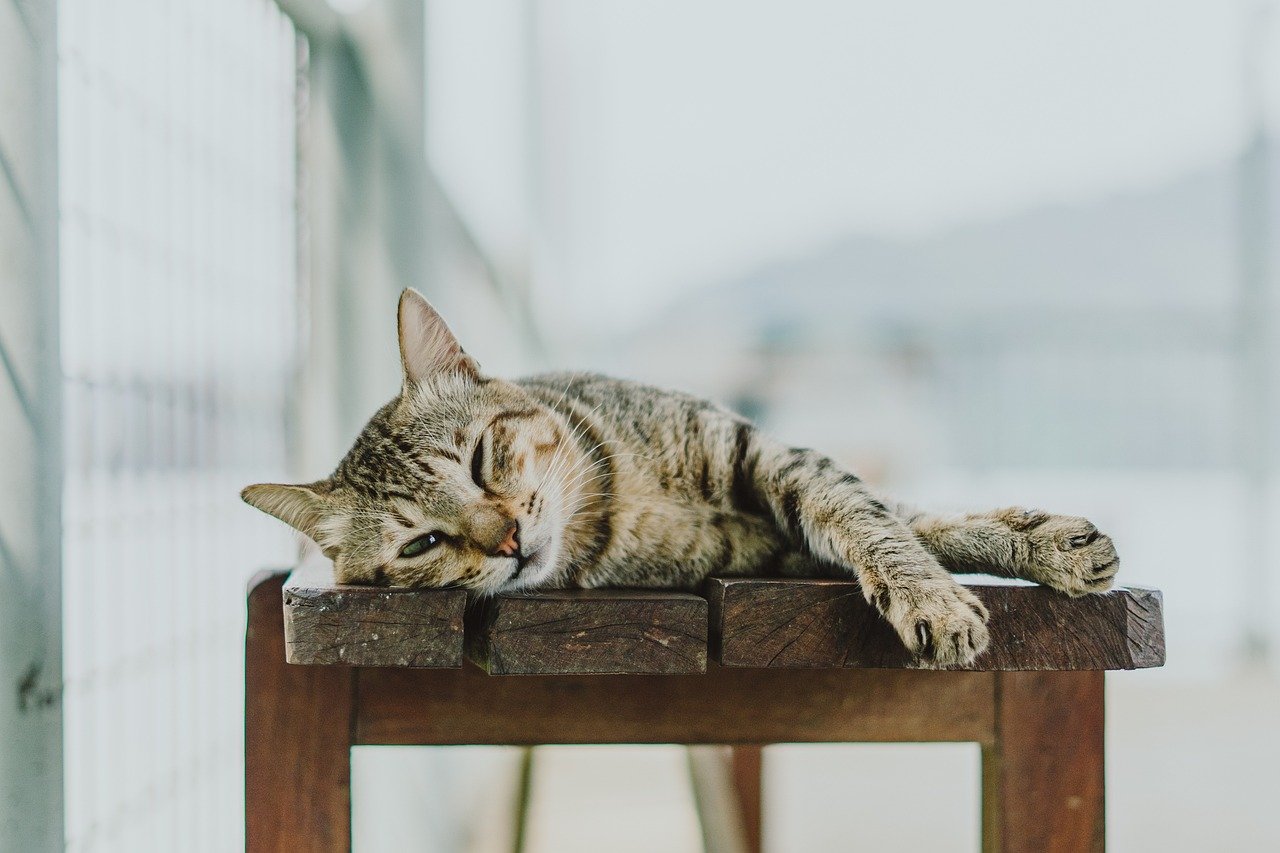Understanding how to discipline your cat can be a crucial part of ensuring a harmonious household. Cats, with their independent nature, can sometimes be challenging to manage. Unlike dogs, they don’t always respond to commands or reprimands in the same way. However, with patience and understanding, you can guide your feline friend towards better behavior without causing stress or anxiety.
1. Understanding Your Cat’s Behavior
Before jumping into discipline, it’s essential to understand why your cat behaves the way it does. Cats are naturally curious creatures, and their actions are often driven by instincts. For instance, scratching is not a sign of misbehavior but a way to mark territory and maintain claw health. By understanding these natural behaviors, you can better address any issues without misinterpreting them as naughtiness. Observing your cat and knowing its triggers can also help tailor your discipline approach effectively. Remember, each cat is unique, so what works for one might not work for another.
2. Consistency is Key
Cats thrive on routine and predictability. When disciplining your cat, it’s vital to be consistent with your methods. If you decide to discourage a particular behavior, ensure you do it every time the behavior occurs. Inconsistency can confuse your cat, making them unsure of what is expected. For example, if you don’t want your cat on the kitchen counter, always gently remove them when they jump up. Over time, they will understand that the counter is off-limits. Consistent actions paired with gentle corrections can lead to long-term behavior change.
3. Positive Reinforcement

Positive reinforcement involves rewarding your cat for good behavior rather than punishing them for bad behavior. This method is particularly effective because cats are more likely to repeat actions that result in a reward. Whether it’s giving a treat, a gentle stroke, or verbal praise, make sure to reward your cat immediately after the desired behavior. For instance, if your cat uses the scratching post instead of the furniture, offer them a treat. Over time, they will associate the scratching post with positive outcomes.
4. Redirect the Behavior

Sometimes, it’s not about stopping a behavior but redirecting it. If your cat loves to scratch, provide them with a scratching post or pad. If they’re chewing on cords, offer a toy designed for chewing. Redirecting allows your cat to fulfill their natural instincts in a more acceptable way. This method is not only effective but also enriches your cat’s environment. Think of it as providing alternatives that align with their natural behaviors, leading to a more harmonious household.
5. Use Deterrents Wisely
Deterrents can be beneficial when used correctly. Whether it’s a citrus spray on furniture to prevent scratching or double-sided tape to keep them off certain surfaces, these tools can gently discourage unwanted behavior. However, it’s essential to ensure that deterrents are safe and non-harmful. Deterrents should never cause fear or stress but merely make the behavior less appealing. It’s like gently nudging them away from bad habits rather than using fear-based tactics.
6. Never Use Physical Punishment
Physical punishment is never an appropriate way to discipline a cat. Not only is it ineffective, but it can also damage the trust and bond between you and your feline friend. Cats do not associate physical punishment with their actions and may become fearful or aggressive as a result. Instead of using your hand to swat or hit, opt for more humane methods like clapping your hands or using a firm voice. Remember, the goal is to guide and teach, not to instill fear.
7. Use Your Voice
Your voice can be a powerful tool in disciplining your cat. A firm “no” or a clapping sound can capture your cat’s attention and deter unwanted behavior. However, it’s essential to balance firmness with gentleness. Cats are sensitive creatures, and yelling can cause them stress. The key is to be assertive yet calm, ensuring that your cat understands the boundary without feeling threatened. Over time, they will learn to associate certain tones with specific actions.
8. Provide Ample Playtime
Many behavioral issues stem from boredom or excess energy. Ensuring that your cat has enough playtime can reduce unwanted behaviors significantly. Interactive toys, laser pointers, and feather wands can be excellent ways to engage your cat’s mind and body. Regular play sessions not only tire them out but also strengthen the bond between you and your cat. Think of playtime as a way to channel their energy positively, reducing the likelihood of mischief.
9. Create a Stimulating Environment
A stimulating environment is crucial for a cat’s well-being. Providing cat trees, perches, and interactive toys can keep your feline entertained and less likely to engage in unwanted behavior. Cats love to explore, climb, and scratch, so offering them opportunities to do so can prevent them from turning to your furniture or curtains. Enriching their environment is akin to giving them a playground, ensuring they’re both mentally and physically satisfied.
10. Patience and Time
Patience is perhaps the most vital aspect of disciplining your cat. Behavior change doesn’t happen overnight; it requires time and persistence. Celebrate small victories and understand that setbacks are part of the process. Every cat is different, and while some may adapt quickly, others may take a bit longer. The journey is not just about changing your cat’s behavior but also strengthening the bond between you two. With time, patience, and love, you’ll find the right balance and understanding.
In conclusion, disciplining your cat the right way is about understanding, patience, and positive reinforcement. By focusing on building a trusting relationship with your feline friend, you can guide them towards better behavior while ensuring they feel loved and secure.

Linnea is a born and bred Swede but spends as much time as possible in Cape Town, South Africa. This is mainly due to Cape Town’s extraordinary scenery, wildlife, and atmosphere (in other words, because Cape Town is heaven on earth.) That being said, Sweden’s majestic forests forever hold a special place in her heart. Linnea spends as much time as she can close to the ocean collecting sea shells or in the park admiring puppies.






